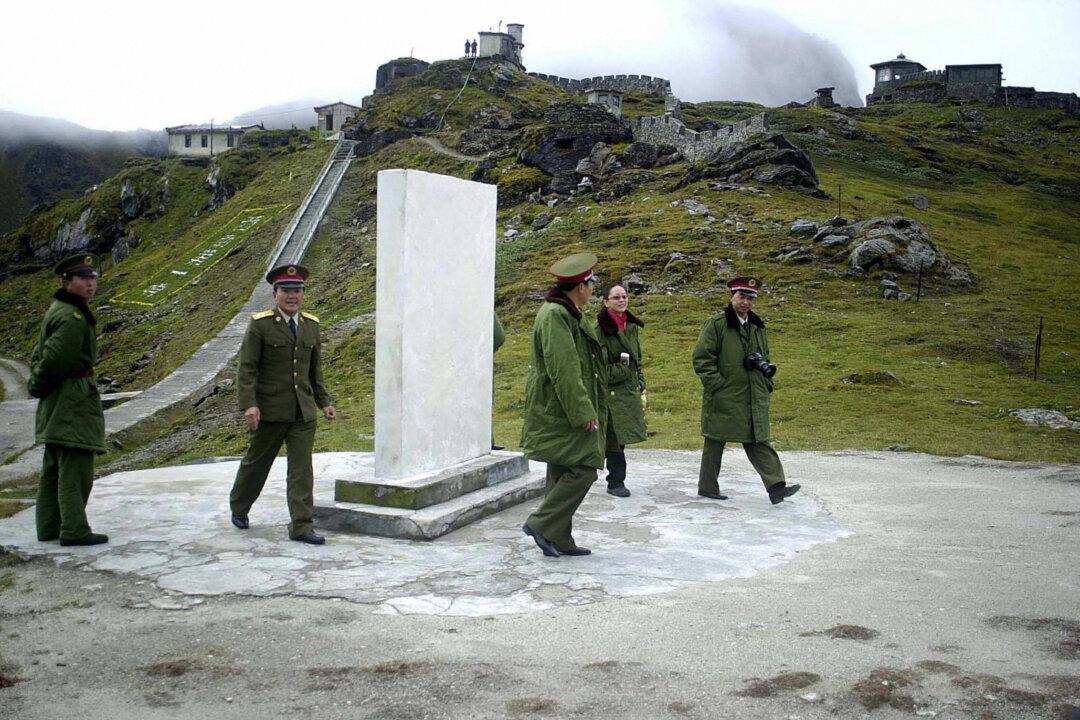NEW DELHI—Indian and Chinese troops clashed on the disputed border of northern Sikkim in the Himalayas on Jan. 20, resulting in several injuries on both sides, according to the Indian media.
The skirmish occurred after the Chinese soldiers tried to intrude into the Indian side at Naku La, and the Indian side pushed the People’s Liberation Army (PLA) back despite bad weather, according to India Today, a leading Indian media outlet that cited sources saying the injured include 20 PLA and four Indian soldiers.





